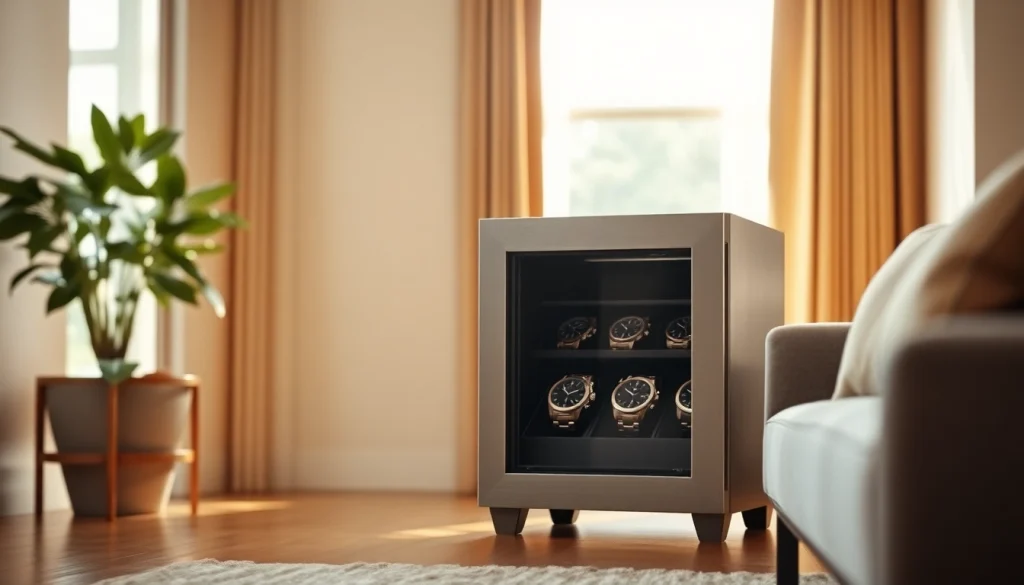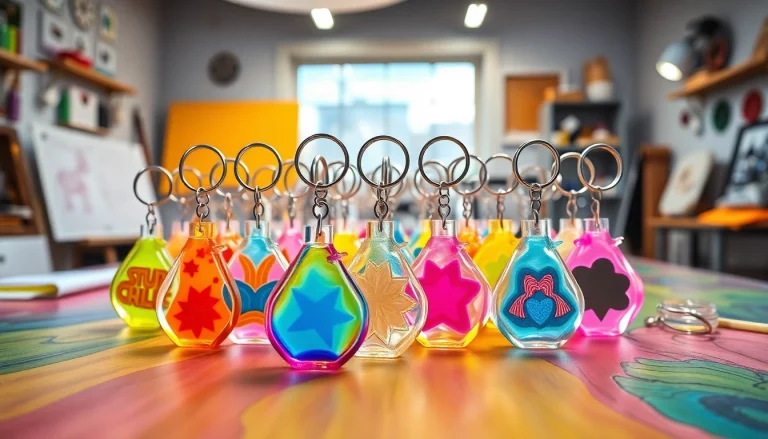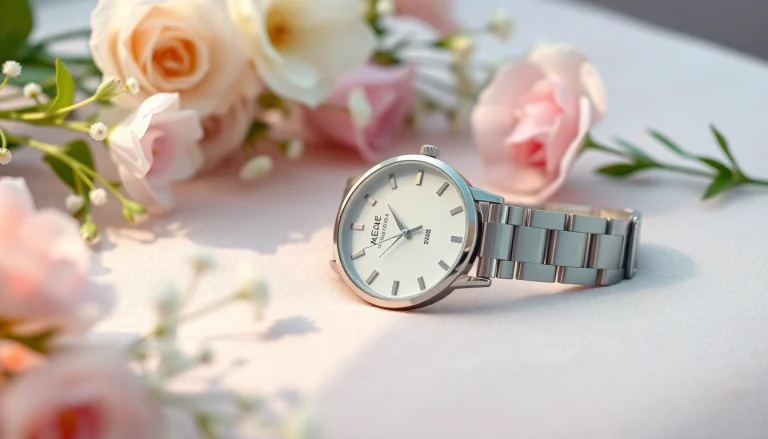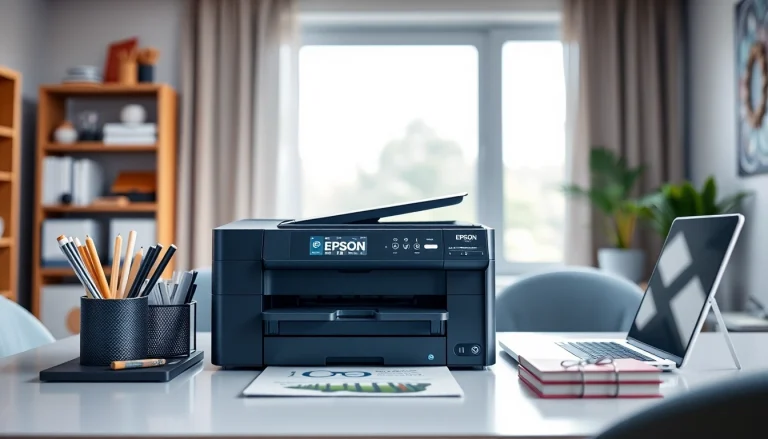
Understanding the Importance of a Watch Safe
In a world where value and sentiment intertwine, safeguarding your precious timepieces is of utmost importance. For collectors and enthusiasts alike, the choice of proper storage can make a significant difference in the longevity and aesthetics of a collection. This is where a watch safe comes into play. A watch safe not only provides an added layer of security, but it also offers a tailored environment to maintain the integrity of your watches over time.
Why You Need a Watch Safe
Collecting watches is not merely a hobby; for many, it’s a passion that culminates in significant monetary investment. Failing to protect these valuable items can lead to loss or damage, which is often irreversible. A watch safe not only secures your timepieces against theft but also shields them from environmental factors such as humidity, dust, and physical damage. Whether you own luxury brands or sentimental pieces passed down through generations, a watch safe enhances security and peace of mind.
Key Features to Consider in a Watch Safe
Choosing the right watch safe involves understanding several key features:
- Material: The construction of the safe is crucial for durability. Steel and aluminum are popular choices for their strength and resistance.
- Locking Mechanism: Advanced locks, such as biometric or electronic locks, provide a secure yet convenient access solution.
- Size and Capacity: Consider how many watches you own and whether you intend to expand your collection. Adequate space without overcrowding is essential.
- Watch Winding Features: Some safes include watch winders to keep automatic watches in optimal condition without needing manual winding.
- Fire and Water Resistance: Many high-quality safes offer protection against fire and water damage, protecting your collection from unforeseen disasters.
Comparing Different Types of Watch Safes
Understanding the variations within watch safes can aid in making the right decision:
- Standalone Safes: Perfect for larger collections, these safes are often equipped with advanced security features and can accommodate multiple watches.
- Wall Safes: A discrete option that can be installed in a wall, making it less visible and providing an effective security layer.
- Tabletop Safes: Designed for ease of access, these safes are ideal for displaying watches while ensuring they remain protected.
- Watch Winder Safes: Combining storage and winding functionalities, these safes are essential for automatic watch collectors.
Choosing the Right Watch Safe for Your Needs
Evaluating Size and Capacity for Your Collection
The first step in choosing a watch safe hinges on evaluating your collection’s size and growth potential. You may want to assess:
- Current Inventory: Take stock of the watches you currently own, noting both quantity and sizes.
- Future Purchases: Consider if you plan to expand your collection within the next few years. Investing in sizes that accommodate future additions can provide value.
- Display vs. Storage: Decide if you want a safe that allows for display (transparency in design) or simple storage (more compact options).
Assessing Security Features of a Watch Safe
Watch safes need to offer robust security systems. Key elements to consider include:
- Lock Types: Look for safes with multi-level security, including a combination of key and electronic or biometric locks.
- Anchor Points: Some safes come with anchor points to secure them in place, preventing removal by thieves.
- Alarm Options: Choose safes that feature alarm systems activated during unauthorized access attempts.
Understanding Price Ranges and Value
Pricing for watch safes can vary greatly based on features, brand reputation, and material. Generally, you can expect to find:
- Entry-Level Safes: These models can range from $100 to $500 and usually offer basic features without upgraded security.
- Mid-Range Options: Priced between $500 and $1500, these safes often provide better build quality and additional security features.
- High-End Safes: Premium models can start from $1500 and exceed $10,000, offering advanced materials, better craftsmanship, and luxurious designs.
Best Practices for Using Your Watch Safe
Maintaining Your Watch Safe for Longevity
Your watch safe requires regular maintenance to ensure optimal protection. Here are some best practices:
- Regular Checks: Inspect locks and hinges periodically for wear and tear.
- Clean Your Safe: Dust and dirt can build up; clean the interior and exterior with appropriate materials.
- Store Dry: Ensure the safe remains dry to prevent mold growth. Consider placing desiccants inside if necessary.
Storing Watches: Tips for Optimal Care
Proper storage techniques will ensure your watches maintain their condition. Consider the following:
- Use Watch Pillows: These help protect straps from damage and prevent watches from moving around.
- Don’t Overfill the Safe: Allow air circulation and prevent scratching by not overcrowding your watches.
- Temperature Control: Keep the safe in a climate-controlled environment to mitigate extreme changes that can damage watches.
Organizing Your Watch Collection Inside the Safe
Well-organized storage facilitates easy access and minimizes damage. Follow these tips:
- Group by Type: Organize watches by style, brand, or size, making it easier to locate specific pieces.
- Label Storage Cases: Consider labeling or color coding to enhance organization.
- Rotation: Regularly rotate the watches in display to give all pieces exposure.
Popular Brands and Models of Watch Safes
Overview of High-Quality Watch Safe Options
While specific brands won’t be mentioned, high-quality options typically present a few common characteristics:
- Material Quality: Look for high-grade steel or reinforced titanium for maximum security.
- Luxury Features: Many safes come adorned with wood veneer finishes and customizable interiors.
- Reliability: High-quality safes often integrate both fire and water resistance.
What to Look for in Brand Reputation for Watch Safes
When researching watch safes, consider these brand reputation indicators:
- Customer Service: A company’s level of customer support and responsiveness should influence your choice.
- Warranty Offered: Reputable manufacturers usually offer extensive warranties showcasing their confidence in their product’s durability.
- Online Reviews: Reviews and testimonials from other collectors can provide insights into user satisfaction.
User Reviews and Feedback on Watch Safes
Understanding customer feedback is essential. Insight into user experiences can help in determining a safe’s real-world performance:
- Durability Tests: Look for documented experiences on how safes held up under various test conditions.
- Usage Convenience: Reviews often highlight ease of access, which can be crucial for those who use their watches frequently.
- Security Level Effectiveness: Feedback on attempted break-ins can provide an understanding of the safety efficacy.
Maximizing the Value of Your Watch Safe
How a Watch Safe Can Enhance Your Home Decor
A watch safe can significantly improve the aesthetic of your interior decor:
- Design Integration: Many user-friendly safes can be chosen to match your home’s design scheme.
- Display Options: High-quality models often allow for secure visibility, serving as both storage and decor.
- Artwork Incorporation: Well-designed safes can act as statement pieces, attracting admiration while maintaining functionality.
Integrating Technology into Your Watch Safe
Modern watch safes increasingly offer tech integration:
- Smart Locks: Some models feature biometric locks that use fingerprint recognition for enhanced security.
- Monitoring Apps: Advanced safes may allow remote monitoring through apps to provide real-time security updates.
- Automatic Winders: Many safes include integrated winders that keep automatic watches running optimally without manual intervention.
Insurance Considerations for Your Watch Safe
Securing valuable items in a watch safe often necessitates reviewing insurance needs:
- Policy Review: Ensure that your insurance policy covers items stored in a safe, including contents and their full replacement value.
- Valuation Documentation: Keep detailed records of your watch collection, including appraisals and photographs for insurance claims.
- Regular Updates: Review your collection and insurance policy regularly to ensure coverage aligns with the evolving nature of your collection.






